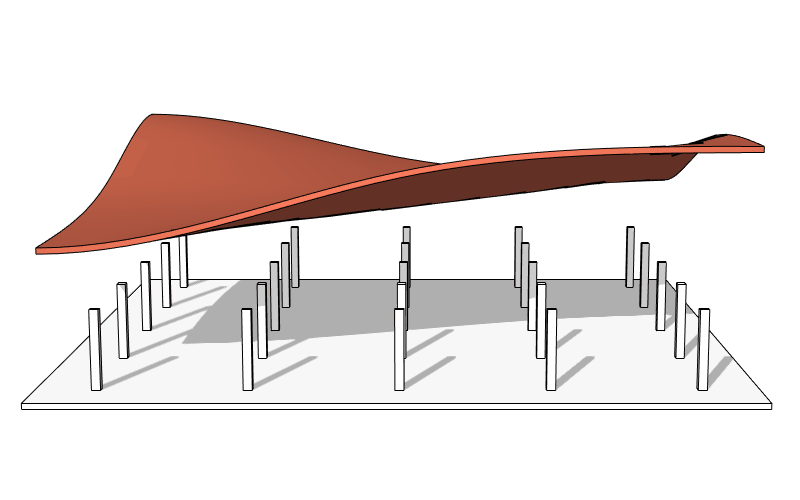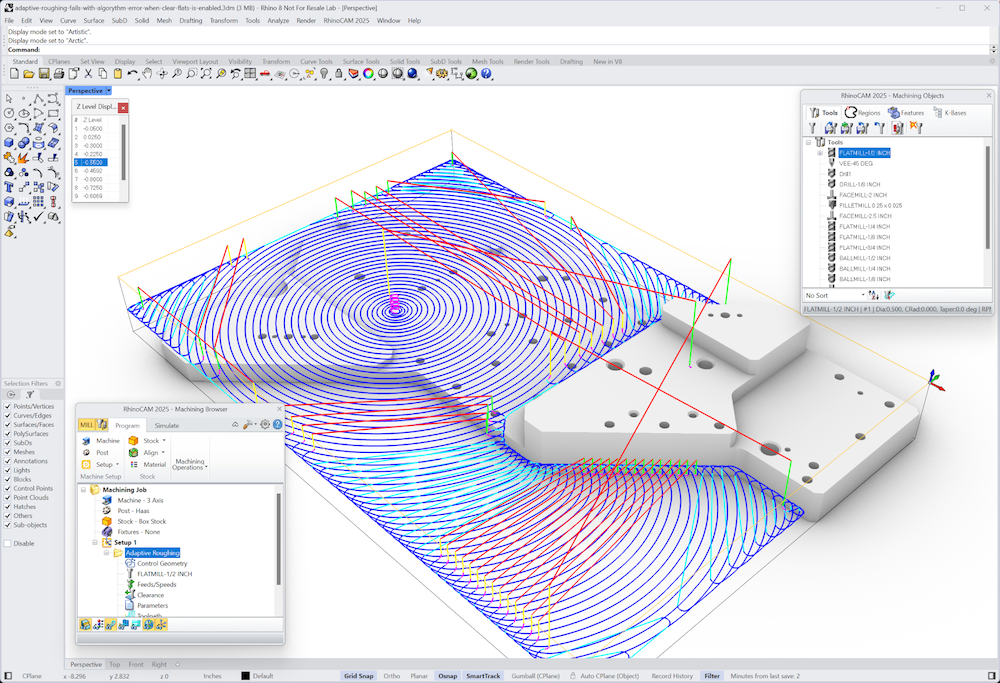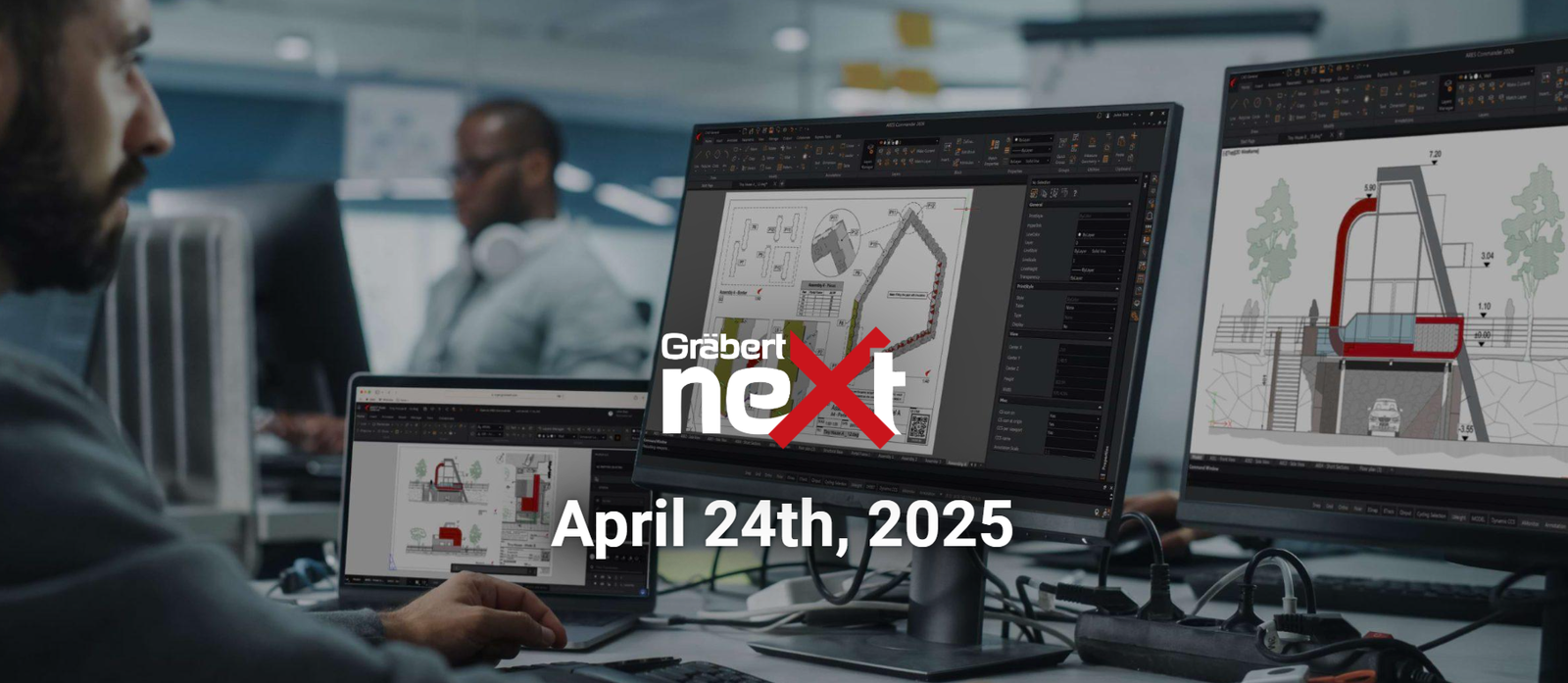Your Cart is Empty
Customer Testimonials
-
"Great customer service. The folks at Novedge were super helpful in navigating a somewhat complicated order including software upgrades and serial numbers in various stages of inactivity. They were friendly and helpful throughout the process.."
Ruben Ruckmark
"Quick & very helpful. We have been using Novedge for years and are very happy with their quick service when we need to make a purchase and excellent support resolving any issues."
Will Woodson
"Scott is the best. He reminds me about subscriptions dates, guides me in the correct direction for updates. He always responds promptly to me. He is literally the reason I continue to work with Novedge and will do so in the future."
Edward Mchugh
"Calvin Lok is “the man”. After my purchase of Sketchup 2021, he called me and provided step-by-step instructions to ease me through difficulties I was having with the setup of my new software."
Mike Borzage
Novedge Webinar #87: V-Ray 3.0 Q&A with Simeon Balabanov
September 29, 2013 3 min read
Simeon Balabanov answers all your questions following one of our latest webinars: Novedge Webinar #87: A First Look at Chaos Group's New V-Ray 3.0 with Simeon Balabanov
Q: Do light passes in V-Ray 3.0 now respect or include indirect illumination (GI)?
A: Yes, when using Brute force.
Q: Which V-Ray 3.0 for 3ds Max features will not be included in V-Ray 3.0 for Maya on the day of the release?
A: The development is still in an early stage, so no further information can be given.
Q: OpenExr2.0 will support "volume" information right? V-Ray 3.0 should be able to use it, correct?
A: See answer in the video.
Q: How has the progressive sampler been affected by shading rate parameters (now that it's 2)?
A: This parameter specifies the minimum amount of rays that have to be calculated for effects like blurry reflections & GI (shading). This means that by increasing it more rays will be shot for shading and less rays will be shot for AA. In the case for the progressive sampler, this helps when you want to make sure that at least a certain number of rays are spent for blurry effects & GI (shading).
Q: Have there been any changes in baking lighting for use in real-time engines for simulations and visualizations?
A: No.
Q: Is there a Maya equivalent of Autodesk 3ds Max's distance map?
A: Not yet. There will be.
Q: Can you have it affect only certain channels? I don’t see the use for this in z depth.
A: Not at the moment.
Q: When using Render elements and you are setting up glass to affect all channels, why does this effect the Z depth and Motion vectors?
A: Because you might want to have motion blurred reflections/refractions.
Q: What's the difference between IRR map + Light cache vs Brute Force in V-Ray 3.0 for animation?
A: See answer in the video.
Q: Will Brute Force reduce flickering effects?
A: See answer in the video.
Q: Do you go to Brute Force instead of IRR map or light cache to reduce flickers and to save IRR maps to disk?
A: See answer in the video.
Q: Is it possible to batch render a scene with progressive rendering, or does it have to be done in the V-Ray Frame buffer?
A: You can use both network rendering and DR.
Q: Is there any chance that you will add support for Open Sub Div in the future of V-Ray 3.0?
A: We are considering it.
Q: Does V-Ray 3.0 respect alpha maps on geometry in the z-depth channel?
A: Yes.
Q: Can deep image also render images in all depth in Z? For example not just what's visible from the front, but also what's behind?
A: See answer in the video.
Q: So, the stop button in the VFB pauses the render?
A: No, it interrupts the render.
Q: Can you use Embree on main workstation, and not on render nodes?
A: Yes. However, you have to disable it in the settings when you submit it to the render nodes. Note that all recent Intel processors support Embree (since core i7 and even some older ones), so you should be able to take advantage of it.
Q: Is it possible to limit the progressive sampling to a time to give it X amount of times per frame to render animations?
A: Yes.
Q: What are the GPU requirements – both minimum and suggested?
A: See answer in the video.
Q: What's the configuration of the machine you are using to render?
A: See answer in the video.
Looking for the latest V-Ray products? Novedge has the entire line of products from Chaos Group, with free shipping in the US and a Best Price Guarantee.
Also in NOVEDGE Blog

Enhance Your Designs with VisualARQ 3: Effortless Geometry Extensions for Walls and Columns
April 30, 2025 8 min read
Read More
MecSoft Unveils RhinoCAM 2025 and VisualCAD/CAM 2025 with Enhanced Features
March 08, 2025 5 min read
Read MoreSubscribe
Sign up to get the latest on sales, new releases and more …



